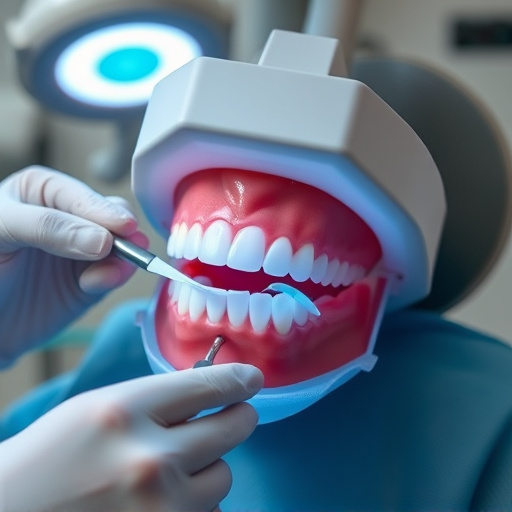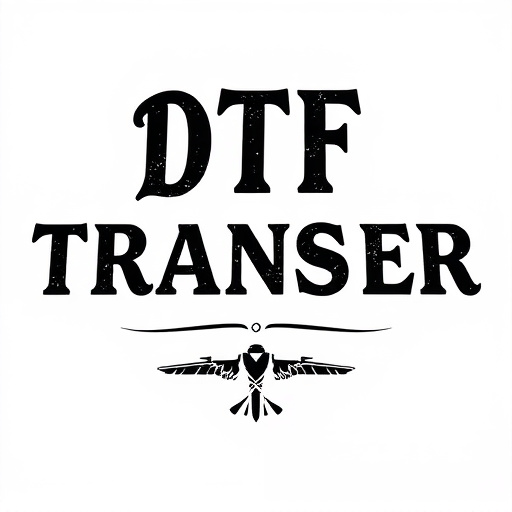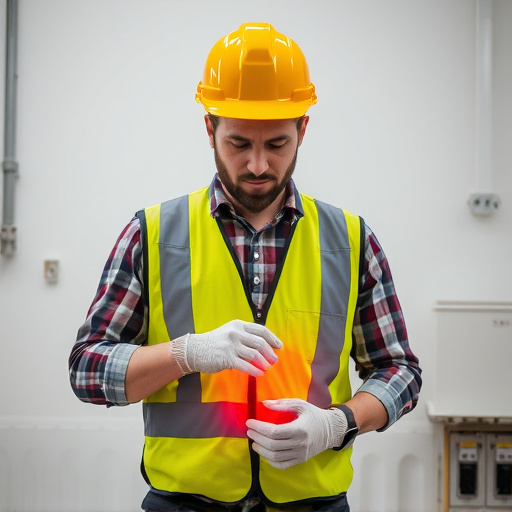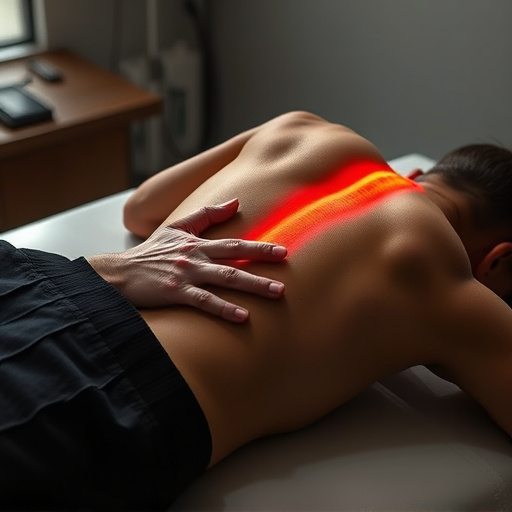After soft tissue shockwave therapy for back pain or herniated discs, patients should expect varying healing times and adhere to post-treatment care. This includes initial rest (24-48 hours), ice packs, and over-the-counter pain medication. Gentle exercises and a nutrient-rich diet aid recovery. Follow-up appointments are crucial to monitor progress. Although temporary side effects like discomfort and swelling are normal, severe symptoms or signs of infection require immediate medical attention during rehabilitation.
Post-treatment care is an essential part of the recovery process after soft tissue shockwave therapy. This innovative non-invasive treatment has gained popularity for its effectiveness in treating various soft tissue injuries and conditions. Understanding your body’s response and implementing proper post-care routines can significantly enhance healing outcomes. In this article, we’ll guide you through the early recovery phase, offering practical tips and highlighting potential side effects to ensure a smooth journey towards optimal health and reduced pain.
- Understanding Your Recovery Process After Soft Tissue Shockwave Therapy
- Practical Tips for Effective Post-Treatment Care
- Common Side Effects and When to Seek Medical Attention
Understanding Your Recovery Process After Soft Tissue Shockwave Therapy

After Soft Tissue Shockwave Therapy, your recovery process is a crucial aspect to understand and navigate effectively. This innovative non-invasive treatment focuses on stimulating tissue repair in areas like herniated discs or chronic lower back pain. During this period, it’s essential to remember that healing takes time, and each body reacts differently. Post-injury care plays a vital role here; your healthcare provider will guide you through specific exercises, rest periods, and activities to avoid, ensuring optimal recovery.
The initial days post-treatment might involve some discomfort or mild swelling, but these are normal reactions. Following the recommended routine, including ice therapy and gentle stretching, can significantly enhance healing. It’s crucial to listen to your body; if any movement exacerbates pain, consult your specialist. They may adjust your post-treatment care plan accordingly to accommodate individual needs, ensuring a smooth transition towards full recovery.
Practical Tips for Effective Post-Treatment Care
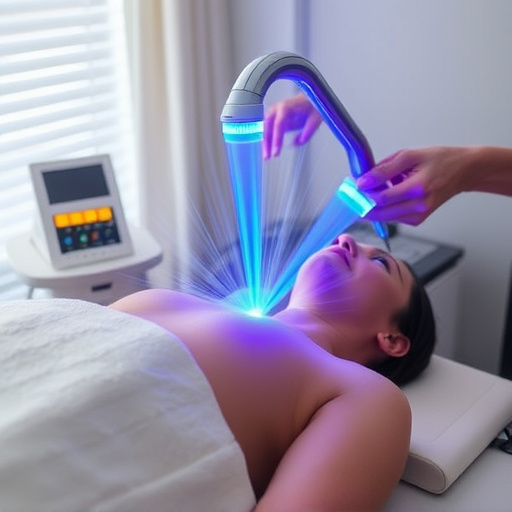
After your soft tissue shockwave therapy session, proper post-treatment care is essential for optimal healing and recovery. Here are some practical tips to ensure effective management of your treatment journey:
Start with rest and avoid strenuous activities for the first 24-48 hours following the procedure. This allows the treated area to begin the natural healing process without aggravation. Ice therapy is another crucial aspect; applying ice packs can help reduce swelling, alleviate pain, and provide immediate relief. Remember to apply ice for short periods, around 15-20 minutes, several times a day. Over-the-counter pain medications recommended by your healthcare provider can also be beneficial in managing any temporary discomfort. Additionally, keeping the treated area elevated above heart level while resting can aid in minimizing swelling and promoting blood flow.
Gradually reintroduce gentle exercises and stretching after the initial rest period. Light activities like walking or swimming can help restore mobility without straining the treated tissues. It’s important to listen to your body and not push yourself too hard; however, regular movement is key to preventing stiffness. Staying hydrated and maintaining a balanced diet rich in nutrients will support tissue repair and overall recovery. Consider incorporating anti-inflammatory foods into your meal plan for sciatica relief or any associated pain. Lastly, schedule regular follow-up appointments with your healthcare provider to monitor your progress and adjust the spinal adjustment techniques as needed during rehabilitation.
Common Side Effects and When to Seek Medical Attention
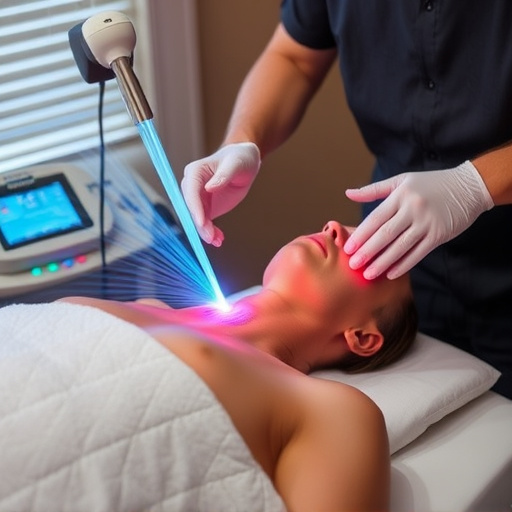
After soft tissue shockwave therapy, it’s common to experience some side effects, much like with any other treatment. These can include temporary discomfort, mild swelling, and bruising at the treatment site. Some folks might also feel fatigue or general muscle soreness following the procedure. Generally, these symptoms are minor and subside within a few days. However, if you notice persistent or severe pain, redness, warmth, or drainage from the treatment area, it could indicate an infection or other complication. In cases of significant swelling, difficulty breathing, or intense pain that worsens over time, it’s crucial to seek immediate medical attention. Additionally, if you have a fever, chills, or notice any unusual signs, promptly consult your healthcare provider, especially if these symptoms arise after the post-treatment period. Remember, early intervention is key in managing potential issues and ensuring a smoother auto accident recovery or chronic pain management journey during post accident rehabilitation.
Post-treatment care is an essential part of the healing process for soft tissue shockwave therapy. By following these practical tips, you can ensure a smooth recovery and maximise the benefits of your treatment. Remember to stay active, maintain proper hygiene, and monitor any side effects. If you experience persistent pain or unusual symptoms, consult a healthcare professional promptly. With dedicated care, you’ll be well on your way to achieving optimal results from your soft tissue shockwave therapy.

